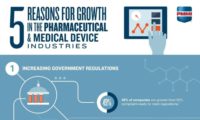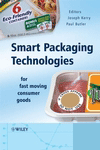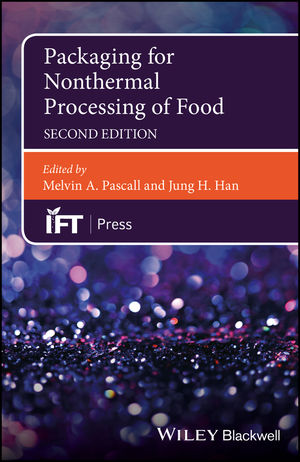Materials
Blister Packaging: Reliable Revenue for the Pharmaceutical Industry
Despite inevitable changes, including introduction to new materials and innovations will continue, its primary role as a protective agent remains paramount.

Image by towfiqu ahamed / Creatas Video+ via Getty Images Plus
The pharmaceutical industry is undergoing a tremendous packaging revolution, paving way for the future development of intelligent solutions. One such breakthrough achieved in this space is the blister packaging.
Packaging is an inherent part of the drug delivery system, as well as an important element of marketing.
As per Pharmanet, consumer healthcare packaging represents nearly 4% or more than $12 billion of the overall packaging sector. Moreover, as the market expands, consumer needs surge and regulatory requirements evolve, prompting the pharma firms to rely on their packaging to promote and protect their products.
Packaging solutions are expected to meet the commercial demands of companies, including increased product shelf life, speed to market and optimizing production efficiency, while also enhancing the quality for patients. This is where blister packaging comes in — it has proved to be a viable solution for pharmaceutical conglomerates.

For those unversed, conventional blister packs are a validated solution for protecting pharmaceutical products while being a convenient solution for patients.
Having said that, the global blister packaging market is expected to surpass an overall remuneration of $36.7 billion over 2021-2027.
Why is Blister Packaging Gaining Immense Momentum Amongst Pharma Companies?
Simply put, blister packaging offers a ton of benefits for pharma products. Blister packaging protects products and medicines against:
- Mechanical damage
- Physical damage
- Tampering
- Biological degradation or contamination
- Other external factors that can severely alter the drug properties
While preservation and protection of the product integrity remain the key motive of blister packaging, there are other reasons why pharma companies are relying more on these:
- Clear visibility of the product
- Superior quality sealing and easy to test for leakages
- High cost-effectiveness
- Feasibility in mass production
- Availability in different colors and designs for enhanced retail value
- Offers area for mandatory information and instructions
- Lightweight, thus reducing transportation costs
- High patient compliance
- Pharmaceutical’s POV
Considering these benefits, various packaging behemoths have now been planning on incorporating and developing products that can effectively cater to the pharmaceutical industry. For instance, global adhesive specialist Bostik unveiled in 2021 a smart blister packaging for its pharmaceutical clients. Labeled HERBERTS EPS 8760/KN75, the smart blister adhesive has been designed to augment the process automation of cold forming blister packaging for the industry.

While this remains one of the profitable instances for the blister packaging market revenue, pharmaceutical giants are also tapping the ecological front with biomass packaging, in an attempt to reduce the adverse impact caused by packaging production on the environment. In lieu of such developments, it would be essential to mention Astellas Pharma’s recent groundbreaking innovation.
In October 2021, Astellas Pharma began using biomass-based plastics in blister packages for its pharmaceutical products like medicines, supplements and others. The blister package is perceived to be made from plant-derived materials and contains sugarcane, which represents 50% of the raw material used in its production.
Will the U.S. Be the Blister Packaging Leader?
Speaking of their widespread prominence, it would be crucial to mention that about 85% of the solid drugs in the European economies are packed in blisters, while the statistic for this stands to be 20% less in the U.S.

However, with the growing proclivity of blister packaging, the U.S. is set to witness a revolution in the blister packaging market space in the coming years, with benefits being delivered to the patients as well as pharma companies. In the United States, blister packs are generally used for packaging physician samples of drug products, or for OTC products in the pharmacy.
Furthermore, humongous growth in the pharmaceutical and healthcare industry and positive investments in the space would offer lucrative growth opportunities for the U.S. blister packaging market players to record exponential growth in the overall market.
An important point to note here is that the blister packaging industry remained unaffected even during the COVID-19 crisis, which severely disrupted many business operations and companies, bringing down their profits. This is one of the growth factors that will support blister packaging market expansion throughout 2027.
Looking for a reprint of this article?
From high-res PDFs to custom plaques, order your copy today!









